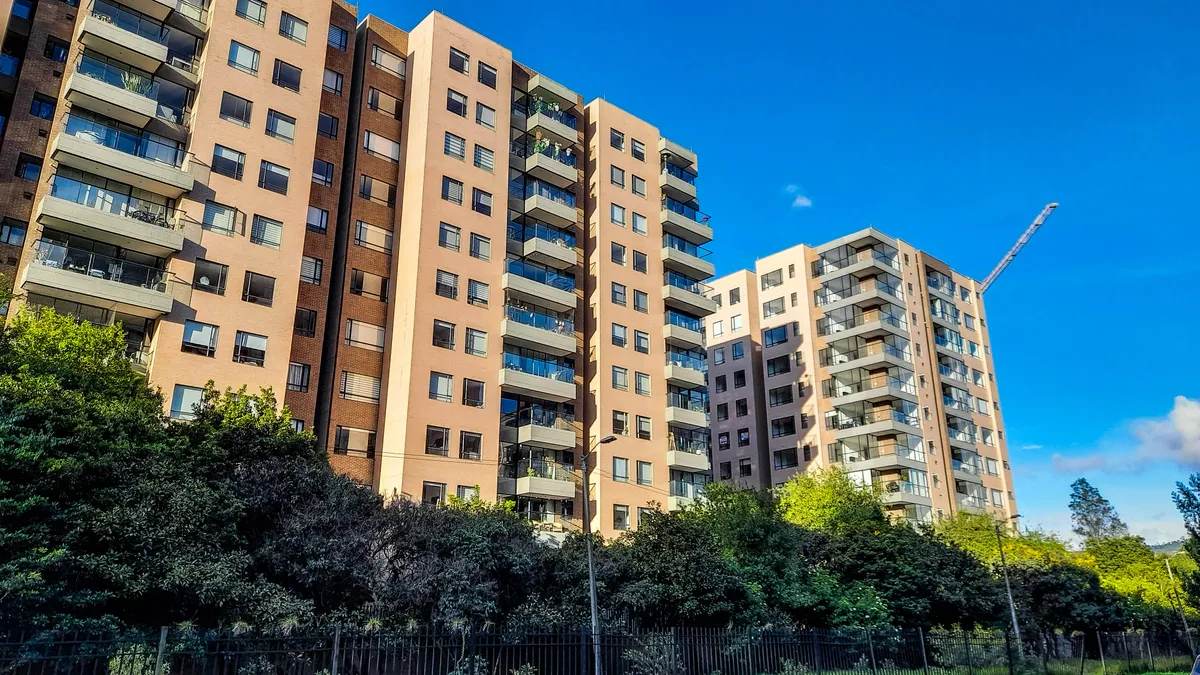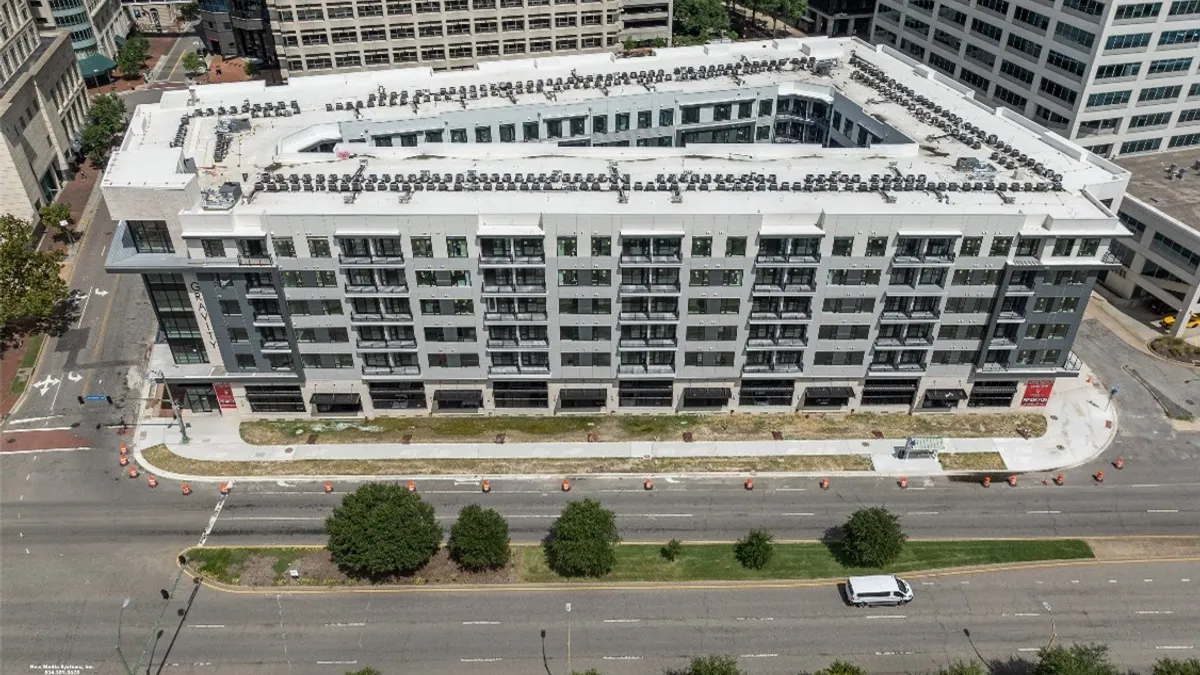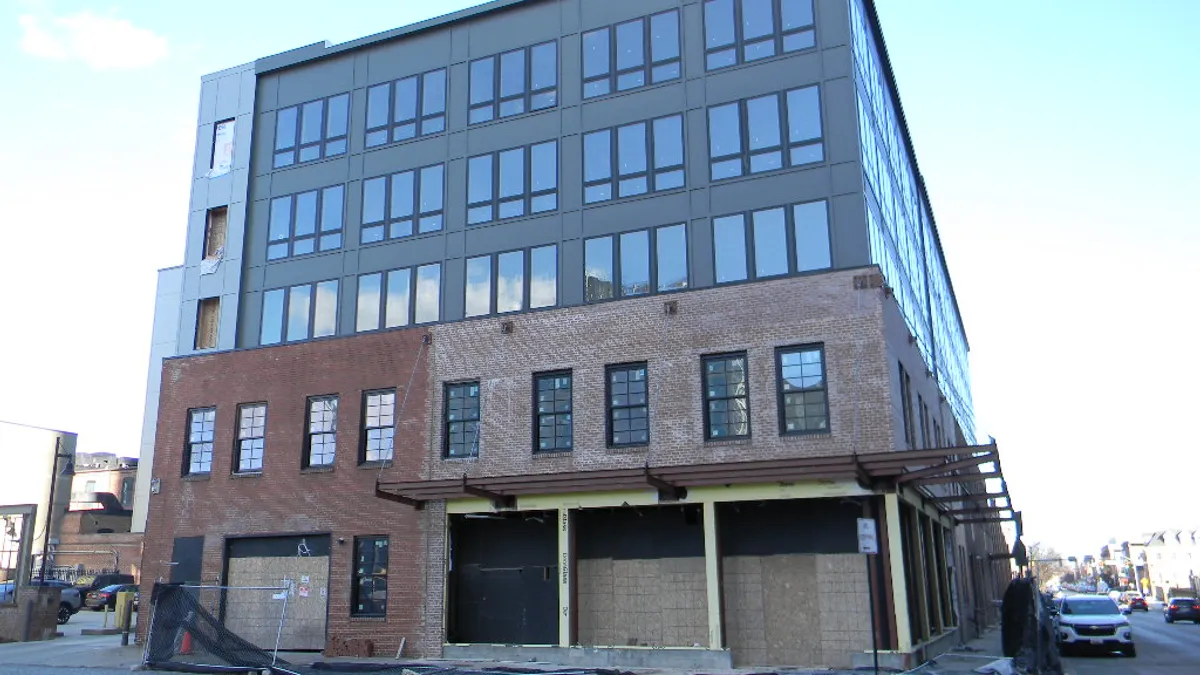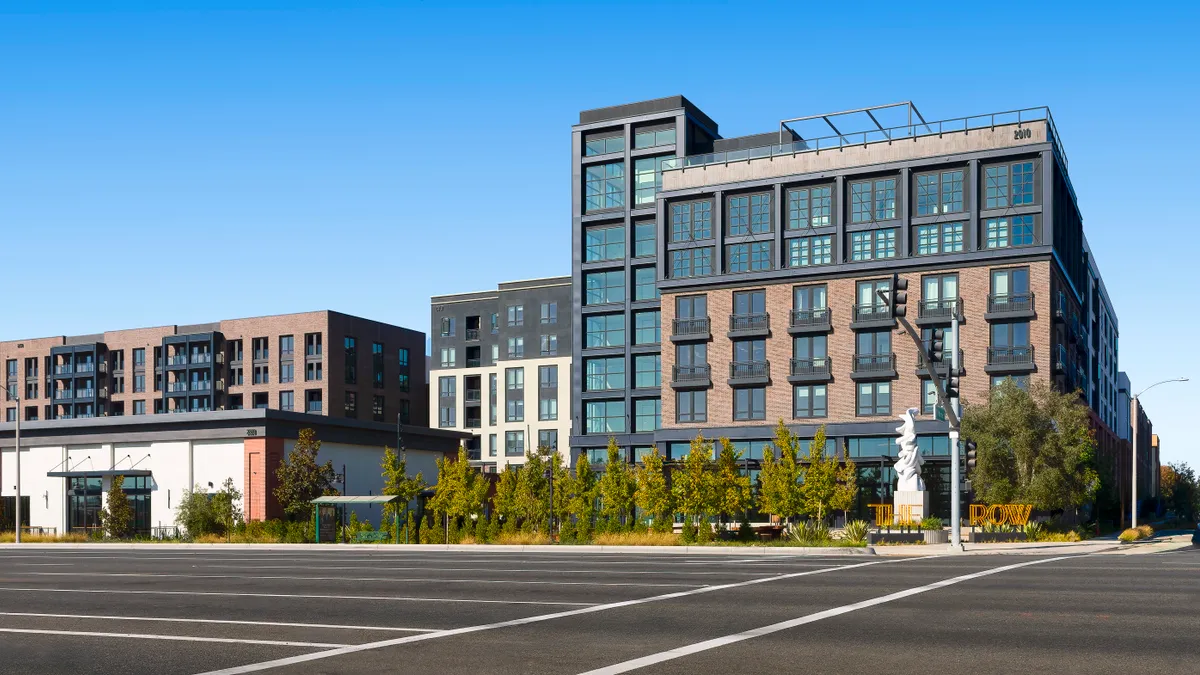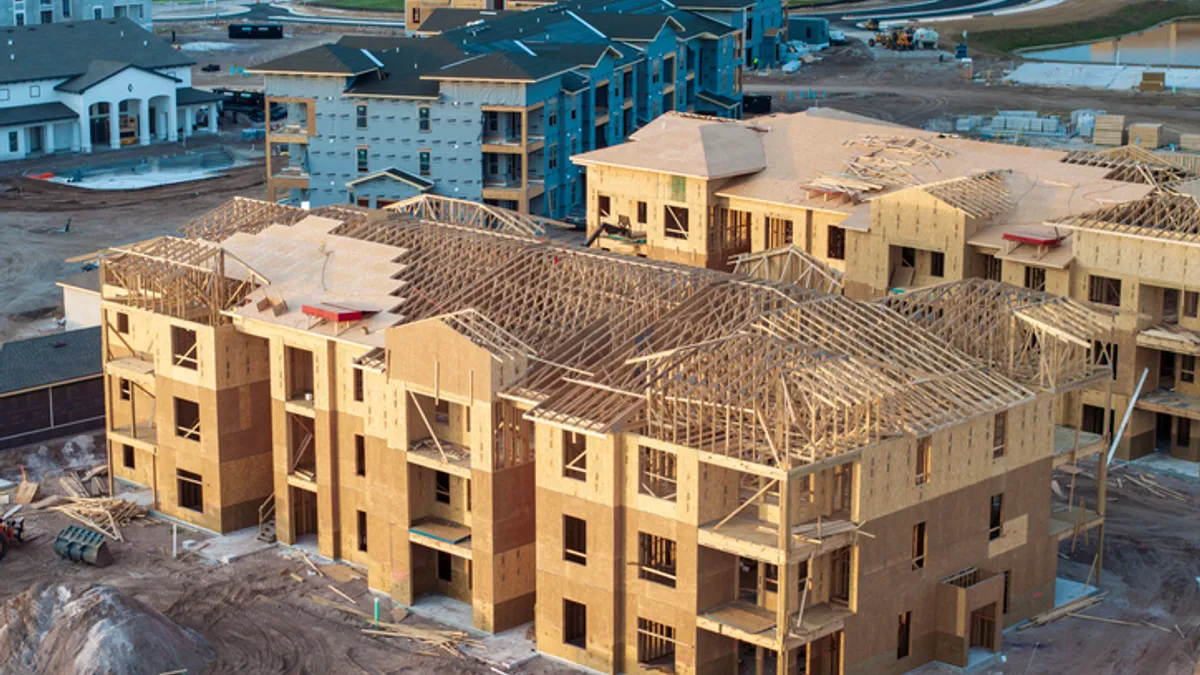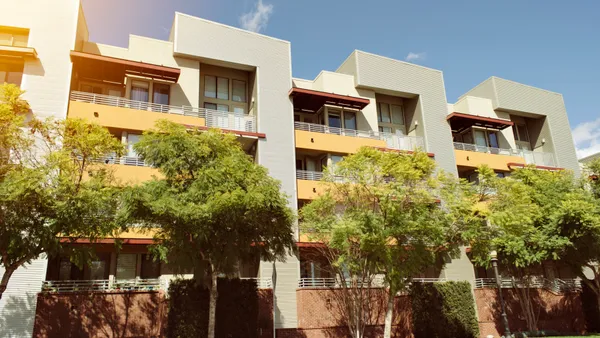Marshall Boyd is co-president and CIO of Interstate Equities, an institutional fund manager that invests in California apartment communities on behalf of endowments, foundations, family offices and pension funds.
Opinions are the author’s own.

After a long stretch of prosperity and robust growth, capital market headwinds caught up with the multifamily sector in the second quarter of this year. A property type that not long ago seemed iron-clad was suddenly negatively impacted by larger economic forces, causing concern and hesitation among a large swath of investors, owners and developers.
Aside from the normal deceleration to be expected following exponential growth, factors including rising inflation, ascending interest rates and regional bank failures have caused even more anxiety.
As a real estate investment and management firm that has operated for more than 40 years, my company has experienced countless real estate cycles. Through these ups and downs, I have learned how to interpret multifamily data and plan for what lies ahead. Here is my take on what happened in Q2 and what is on the horizon.
Second quarter trends
Apartment deal volume decreased dramatically year over year in the second quarter. Avison Young reports that while U.S. multifamily investment volumes hit record highs in 2021 and 2022, these numbers dropped by more than 70% between the first half of 2022 and the first half of 2023. In fact, H1 investment figures for this year have not been this low since 2014, according to the report.
Meanwhile, other concerning fundamentals became evident. We saw rent growth decelerate, construction levels fall, and even some distress creep into areas of the market. As the bid-ask spread widened, investors took note of the contracting market and pulled back on adding multifamily communities to their portfolios. Many sellers also paused.
We can attribute much of this pullback to general economic uncertainty and disparities in how different real estate asset classes perform. We know that when the economy shows some instability, investors tend to fall back on their core competency — the sectors and geographic areas of the industry they know best — which they view as less risky than those they haven’t tried before. In fact, some groups will use dry powder for the existing portfolio rather than new investments.
Looking ahead
Fortunately, I see brighter skies ahead, especially for investors who focus on a workforce housing strategy with a value-add component in markets where supply is constrained.
With the Fed’s most recent rate increase, investors’ deceleration is increasingly pronounced. Our firm believes this is even more reason to invest in multifamily properties whose value is likely to increase after improvements are implemented as opposed to luxury assets whose valuations are aligned with a volatile market.
These are market-by-market calls relying on block-by-block intel. Going forward, value movements of assets will not all be correlated as they had been over the past few years.
We are also noticing that the bid-ask gap appears to be narrowing once more, a possible sign that sellers, eager to get deals flowing again, are growing nervous about climbing interest rates depleting their reserves and are more amenable to meeting buyers halfway.
As owners begin to see fresh sales comps make their way through the system, they tend to grow increasingly realistic. If this trend continues, we may see deal appetite rise among investors with ready capital to meet pent-up demand for multifamily properties throughout the market.
Another trend we are observing is a growing need for equity in the sector, particularly as refinancing and acquisition loans become less prevalent. Investors with strong lender relationships, of course, are less reliant on private equity in the capital stack.
For example, we recently refinanced a few multifamily properties in our portfolio with debt that completely replaced the previous loans. We were able to achieve these positive refinance outcomes through strategic NOI improvements completed regularly via property management after we acquired the assets. In today’s high-cost-of-debt environment, trusted partnerships like these are necessary for those who choose to leverage their investments, and fresh capital for bridging gaps in the capital stack helps move deals forward as well.
What’s next?
As we forge ahead into Q3, experts expect the housing sector to remain strong despite predictions of a rise in multifamily vacancy due to sizable numbers of national construction deliveries in 2023. On the West Coast, where IEC focuses our investments, increasing vacancy is not anticipated.
Going forward, sponsors’ market knowledge on a granular level, supported by their investors, will be imperative for illiquid investments like multifamily real estate to pencil. In addition, patience, humility and strong conviction are necessary, and sellers who cannot afford to wait will likely offer discounts.
On the whole, apartment communities — especially value-add and well-vetted opportunistic properties — continue to be a stable asset class for investors seeking steady upside this year and beyond.


